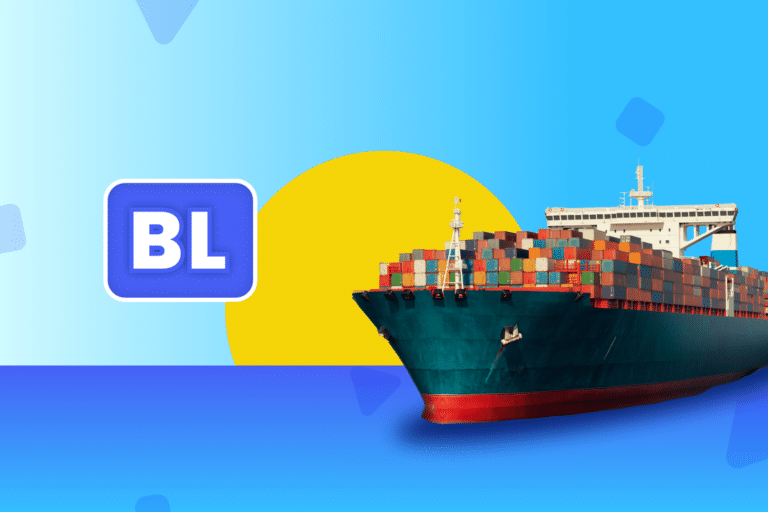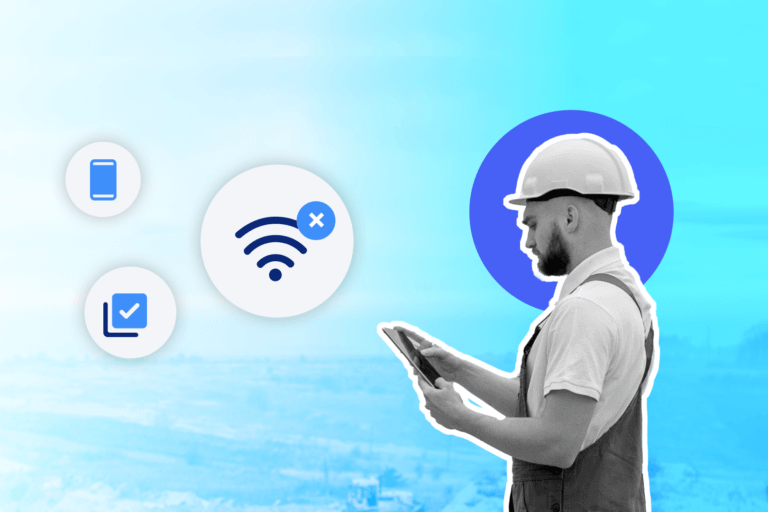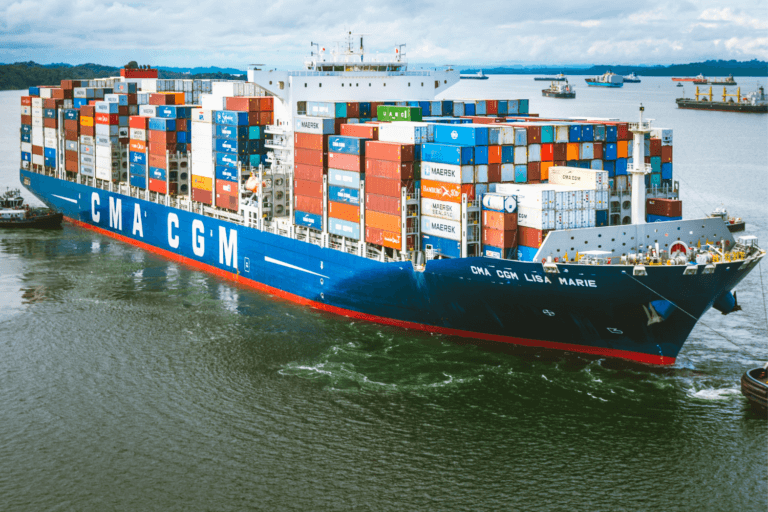The development of new automated control systems that enable the operation and monitoring of various types of cranes from long distances using wireless networks, specialized software, and smart devices has significantly increased their efficiency and considerably reduced the risk of accidents.
The intense digital transformation experienced in recent years is particularly evident in productive and industrial activities. This evolution now allows companies to have advanced, precise, and safer equipment.
What are the main and recent innovations in crane control?
For much of the last century, the technological evolution of cranes was focused on developing stronger and lighter materials to reduce the size and weight of equipment without sacrificing strength or working capacity.
It was not until the first decades of this century that the benefits of new technologies began to be explored more intensively and successfully in crane operations.
Today, we can see the impact of technology in different strategic areas:
1. Energy efficiency increase
Crane manufacturers have implemented high-efficiency motors that significantly reduce energy loss, saving resources and extending the equipment life.
In addition, regenerative drives allow the recovery of energy from braking processes, rather than dissipating it as heat.
2. Error Reduction
The introduction of new electronic-digital control processes allows crane operators to precisely select the extension, movement, and position of the equipment with the help of specialized software. This minimizes the risk of accidents caused by human calculation errors.
3. Remote Operation:
The latest advances in automation and communication enable the remote control of cranes, even from an office located thousands of kilometers away.
This is possible by using artificial intelligence and augmented reality technologies that allow the operator to work from an ergonomically equipped control station.
It has multiple screens displaying panoramic images with no “dead spots” and real-time data collected by a complete network of cameras and sensors installed on the crane.
These interfaces also provide data on load weight, height, wind speed and orientation, and distance to the point where the load is to be deposited or picked up.
The operator is also in constant communication (in real time) with the whole site staff, regardless of where he is located. The technology even allows him to operate several cranes simultaneously from his control station, which maximizes resources and reduces associated costs.
4. Drone Control:
Another important development consists of performing technical inspections on very tall cranes or cranes located in areas that are difficult to access, using remotely operated drones.
This technology has been successfully tested on cranes in oil platform applications, one of the riskiest tasks in the industry. It eliminates the risk of falls and creates a safer working environment for the entire team.
According to experts, all these advances result in the following benefits for companies:
- Maximization of company asset usage.
- Greater control over executed projects.
- Lower operational costs.
- Faster project execution times.
The use of specialized software and automated control systems also allows the incorporation of predictive maintenance tools to help the operator detect mechanical problems in the crane before they occur.
In addition, all information obtained during or after crane operations can be recorded and uploaded to the cloud, making it accessible from different locations. This streamlines the supervision and analysis processes, benefiting the overall operation of the company.
The Next Step: Smart Cranes?
While most recent advances optimize the safety and efficiency of cranes, none of them completely eliminates the presence of the “human operator” (even when they are thousands of kilometers away).
As a result, experts agree that the logical next step in the technological evolution of the sector is the development of “smart cranes.”
In other words, the cranes of the future may incorporate artificial intelligence and the Internet of Things (IoT) to operate without constant human guidance. At the same time, they will be able to independently detect any mechanical issues.
Depending on the specific features of each program, these smart cranes could also report any faults they experience and request real-time repairs.
While technology does not yet allow for machines with that level of self-control, it does offer equipment capable of performing “self-diagnoses” thanks to sensor networks that connect to a central control unit designed for predictive maintenance.
In this way, technology currently provides the following automated solutions:
- “Weighing cells” that indicate the weight of the manipulated load and issue instant overload alerts to prevent accidents.
- Time and cycle counters that indicate whether the crane is working within its designed parameters or if there is a risk of overload and accidents.
- Specialized software that provides interactive and immediate communication between cranes and their operators.
- Automated inspection and maintenance systems that indicate when a review is due or when a worn or damaged part needs replacement.
- Sensor networks that warn of dangerous maneuvers for both people and equipment.
The possibilities offered by technology also allow access to this information in real-time and transmission via Wi-Fi or 5G networks to the operator’s control panel, a phone or mobile device, and the company’s service center.
Technical and Cultural Challenges
While technology has allowed companies and their teams to quickly adapt to this new reality, there are still certain external factors that may complicate its widespread adoption in the short term. For example, resistance to change and the lack of training among personnel.
To overcome these barriers, it is advisable for companies to implement effective communication strategies that help convey the safety advantages of this new technology to all employees in detail.
Similarly, it is beneficial to collaborate with crane manufacturers to develop training and education programs that enable the training of personnel in charge and the continuous updating of their knowledge and skills.
At DataScope, we recognize the value of recent technological advances aimed at achieving higher levels of efficiency and safety in crane operations.
That’s why we have designed a software to implement digital checklists that will help you monitor their proper performance.
This way, you can control each of the variables involved in these critical processes and implement more efficient strategies for preventive and predictive maintenance.
Among other functions, you will be able to:
- Develop technical inspections and control audits directly from the mobile devices of personnel responsible for these tasks.
- Perform technical inspection processes and control audits, straight from the mobile devices of the staff in charge of these tasks.
- Upload images and transmit control forms digitally or in PDF format for immediate approval.
- Generate reports in real time and without the need to be always online.
- Work fully integrated with different softwares and platforms.
- Remotely monitor the exact location of each of your control or maintenance staff through GPS.






